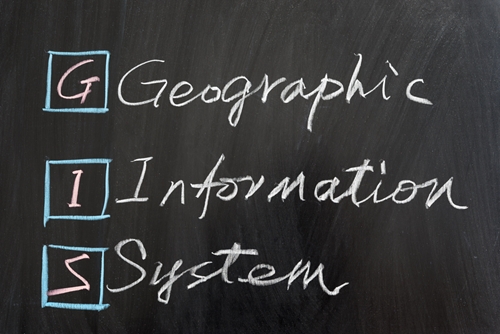Business intelligence software is an important aspect of many companies’ operations. It can help them get a clear picture on how their supply chain looks, what customers expect of them and their revenue outlook over the next several months. Combined with predictive analytics, it would only make sense that the software is at its most optimal.
However, advances in other technology can greatly change how BI functions for a company. These changes, in particular geolocation, not only alter the functionality of the software, but they also present a new outlook on customers and suppliers. Firms, whether they be in manufacturing or healthcare, should welcome these new developments as they will improve their bottom line at any time.
The rise of mapping
Geolocation was always available to companies in the form of GPS, but the nature of the hardware made it isolated from other aspects of operations. Even if tracking data was available from a receiver, it could not link itself with the individual or item attached to it. This denied companies any context for them to use.
“Smartphones with GPS provide accurate readings on how customers function.”
With the rise of smartphones equipped with GPS radios as a standard feature, that stopped being a problem, according to marketing blog MarTech Advisor. By having this combined technology, mobile devices became data points: Not only could they collect information on customer activity, but they could give it depth by providing locations. This essentially created a far more accurate reading on what clients do and how they function. Before, in the case of business analysis, software relied on panels that utilized information from individual surveys that weren’t necessarily reliable.
The number of data points with a location will rise exponentially in the coming years with the advent of the Internet of Things. IoT beacons and devices will provide location at all times. This gives a formidable picture to businesses looking to understand their audience, especially those who already bought their products.
A matter of context
At the same time, businesses have yet to see the full potential of geolocation, if only because the applications remain limited at this time. GPS firm Esri noted that with geolocation, businesses gain more context about their customers, which is something demographics and psychographics cannot provide. It could very easily establish where customers are most likely to congregate or use a specific businesses’ products and services. That can affect marketing strategies, distribution plans and even what types of products a company sells. With BI, utilizing geographic data will more accurately inform decision makers based on the models and forecasting.
There are various industries that can benefit from the combination of BI with geolocation. Consider banks as an example. They can assess where clients seek to set up shop or expand based on what neighborhoods they visit. That can help them advise business owners on the best locations to open a new store and determine whether it’s a good idea to extend credit. Retail is another industry that can really use geographic data, for it can help them determine where customers shop outside their stores. They can gauge who to size up against in the competition and perform better. Finally, mortgage lenders can assess potential client behavior to determine what kinds of loans to offer. These types of companies can make the most of geolocation and analytics to perform better as businesses.






